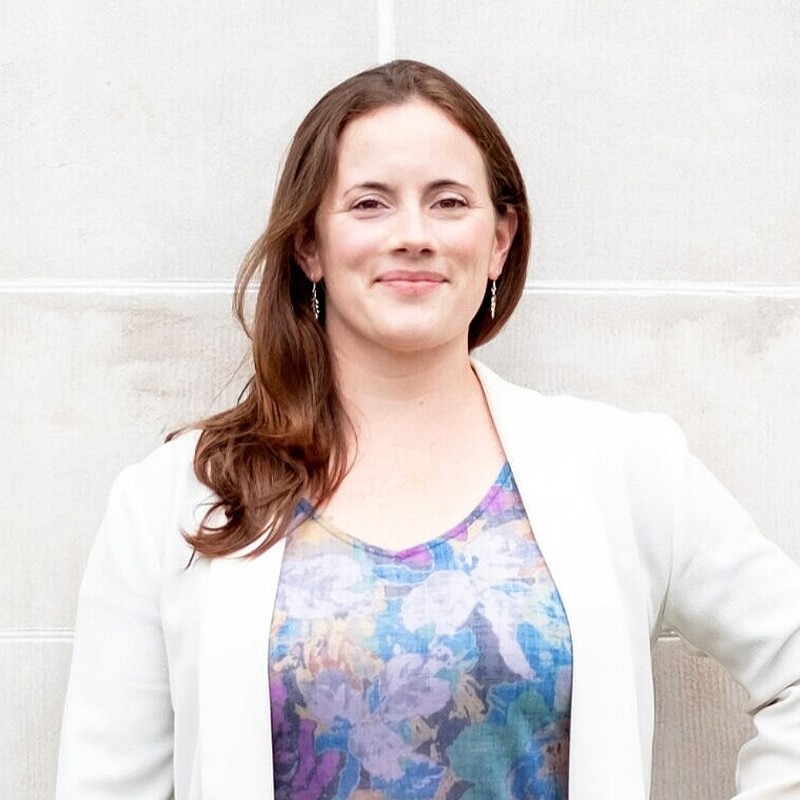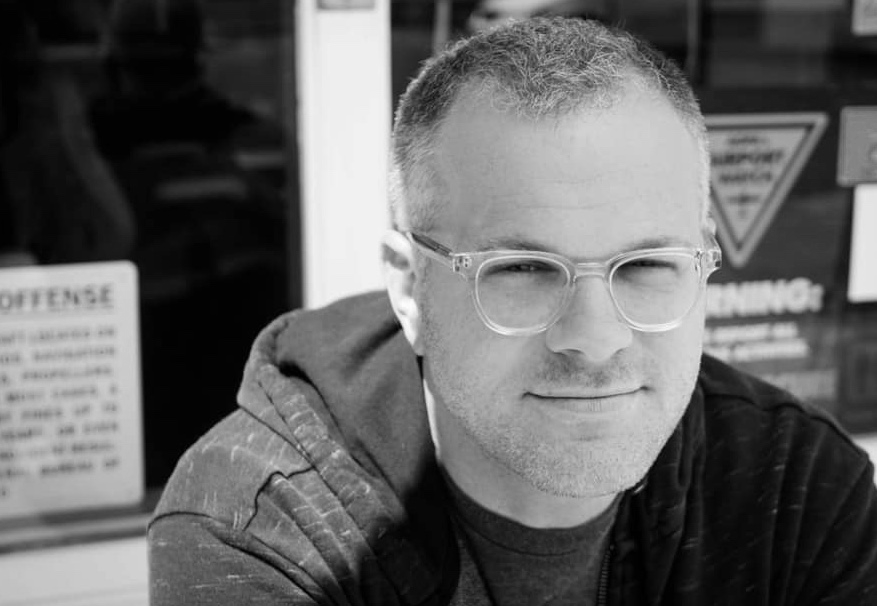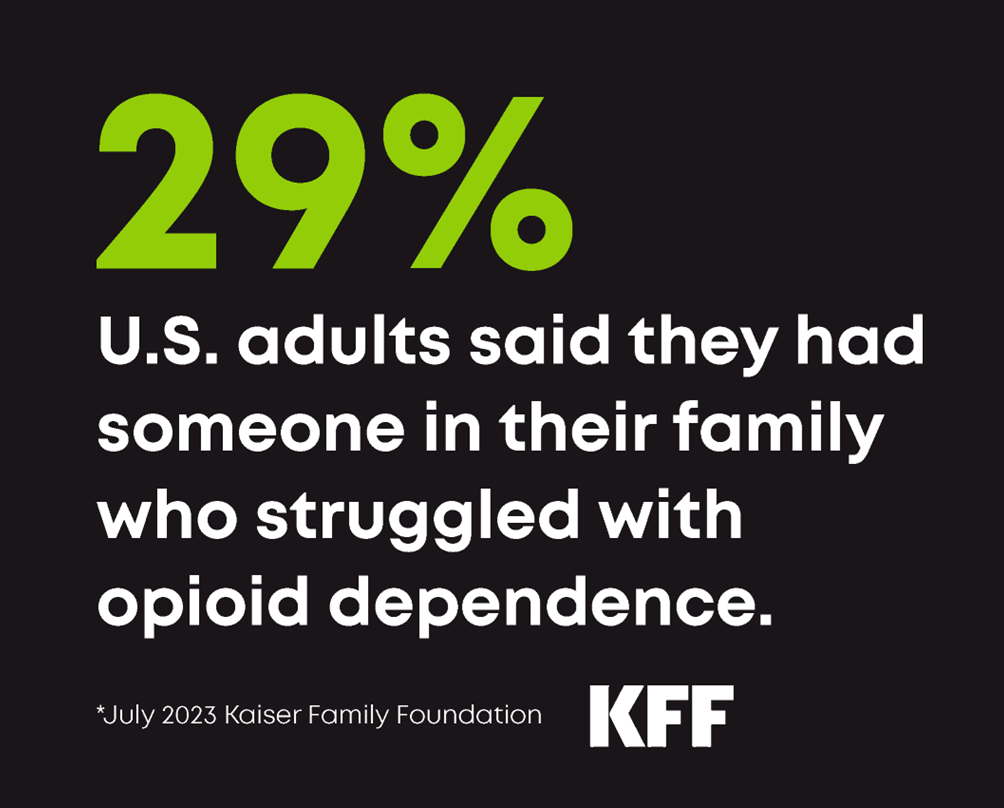By KAT McDAVITT and LISA BARI


Regulations are created by well-intentioned government employees who, understandably, focus on the loudest voices they hear. The loudest voices tend to be from organizations — vendors, associations, large corporations — that have the internal and external resources needed to access the federal government, navigate the 80,000-employee Department of Health and Human Services (HHS), and ensure that the perspectives of their employers and members are heard.
Patients do not have the resources to hire lobbyists or high-profile legal teams, nor do they have a large and well-funded trade association to represent their interests. Traditional patient advocacy organizations, while generally well intentioned, are often structured around specific conditions and often are financially supported by pharmaceutical and biotech companies. Because of this lack of access, resources, and representation, and because there is no single senior staff member in the federal government dedicated to ensuring the voice of the patient is represented, the needs and experiences of patients are deprioritized by corporate interests. As noted by Grace Cordovano, PhD, BCPA, a board-certified patient advocate, while speaking during a 2023 Health Datapalooza session on transparency and trust, “We hear a lot about provider burnout, but patients are also burnt out, and we need to take that into consideration when developing our policies.”
Policy implementation matters—and implementation is where patient interests fall through the cracks
Meaningful Use, a part of the HITECH Act within the American Recovery & Reinvestment Act, was well intentioned: Get records digitized for better care coordination.
But implementation and execution matters. Each stage of the $35 billion-plus Electronic Health Record (EHR) Incentive Programs, which evolved into the Promoting Interoperability Programs, was increasingly complex. Pieced together through administrative rulemaking, the program was eroded, mainly by corporate interests, and resulted in clinicians having less time for face-to-face patient interaction. Certified EHR requirements were driven by the most prominent vendors in an objectively fantastic demonstration of regulatory capture. Today, most provider offices use an electronic health record, but patients still do not have seamless access to their complete records. Although we are seeing improvements in interoperability, patients need more than access; they need to be able to act using insights from their health data.
Another example of corporate interests overtaking better outcomes for patients can be seen in the implementation of the Substance Use Disorder Prevention that Promotes Opioid Recovery and Treatment for Patients and Communities Act of 2018, which required states to establish a qualified prescription drug monitoring program (PDMP). A single vendor runs the PDMP in more than 46 states and territories. Thus, instead of sharing protected information with other health data organizations, like health information exchanges, these systems silo it. Many states mandate that that physicians check their state PDMP system separately and then charge those physicians a fee for mandatory access. Instead of helping to coordinate the care of a patient who may be struggling with an opioid use disorder, vendors have used a fear-based regulatory capture strategy at the federal and state levels to ensure these systems are separate from other health data—preserving market share and raising the barrier to entry for new competitive solutions.
Often, patients have no idea what data a PDMP has on them — which, in some states, can include opioids prescribed to pets under their name — and are unable to access it on their own. They also have no way to correct wrong information. Who suffers here? Patients, families, and the physicians who coordinate their care.
The Trusted Exchange Framework and Common Agreement (TEFCA), a part of the 21st Century Cures Act, is also well intentioned. One of the framework’s most significant promises was that, despite leveraging inferior data transfer standards, it would provide a uniform way for patients to request their records at no charge to them. In practice, after multiple delays, false starts, and many rounds of public notice and comment, TEFCA has launched without the requirement that its qualified health information networks (QHINs) and their participants must provide individual access services to patients for their own records.
The regulatory capture strategies of several QHINs and QHIN candidates have been textbook-worthy, ensuring those who have the resources to dominate the market will be locked in. What isn’t locked in? Any mandated access for patients, who were the audience most likely to benefit from TEFCA.
Will individual access services be reinforced in subsequent TEFCA requirements? Maybe, if someone within HHS — like an objective chief patient officer —is fighting for them like their mission and job depends on it.
A step toward progress
Patients, especially our country’s most vulnerable, underserved, and those suffering from financial toxicity, will never be able to afford the lobbying resources and access that corporations and large trade associations have. Consequently, our system will continue to be built to appease the private sector and to put finances over progress. That is, unless we start to ensure the patient voice is heard by creating a senior position within HHS dedicated to improving the experience and lives of 340 million Americans.
Kat McDavitt is president of Innsena and CEO of the Zorya Foundation. Lisa Bari is CEO of Civitas Networks for Health.














